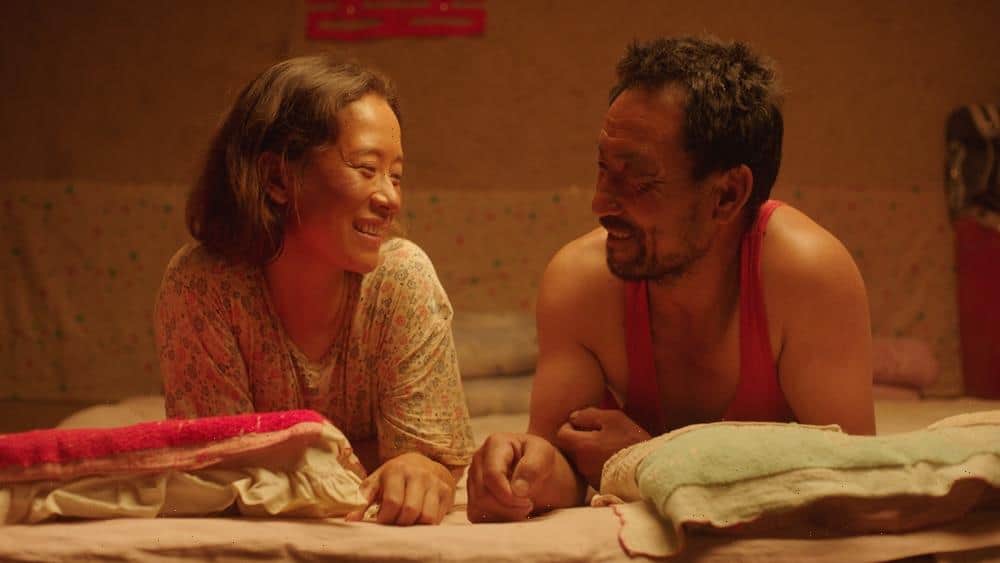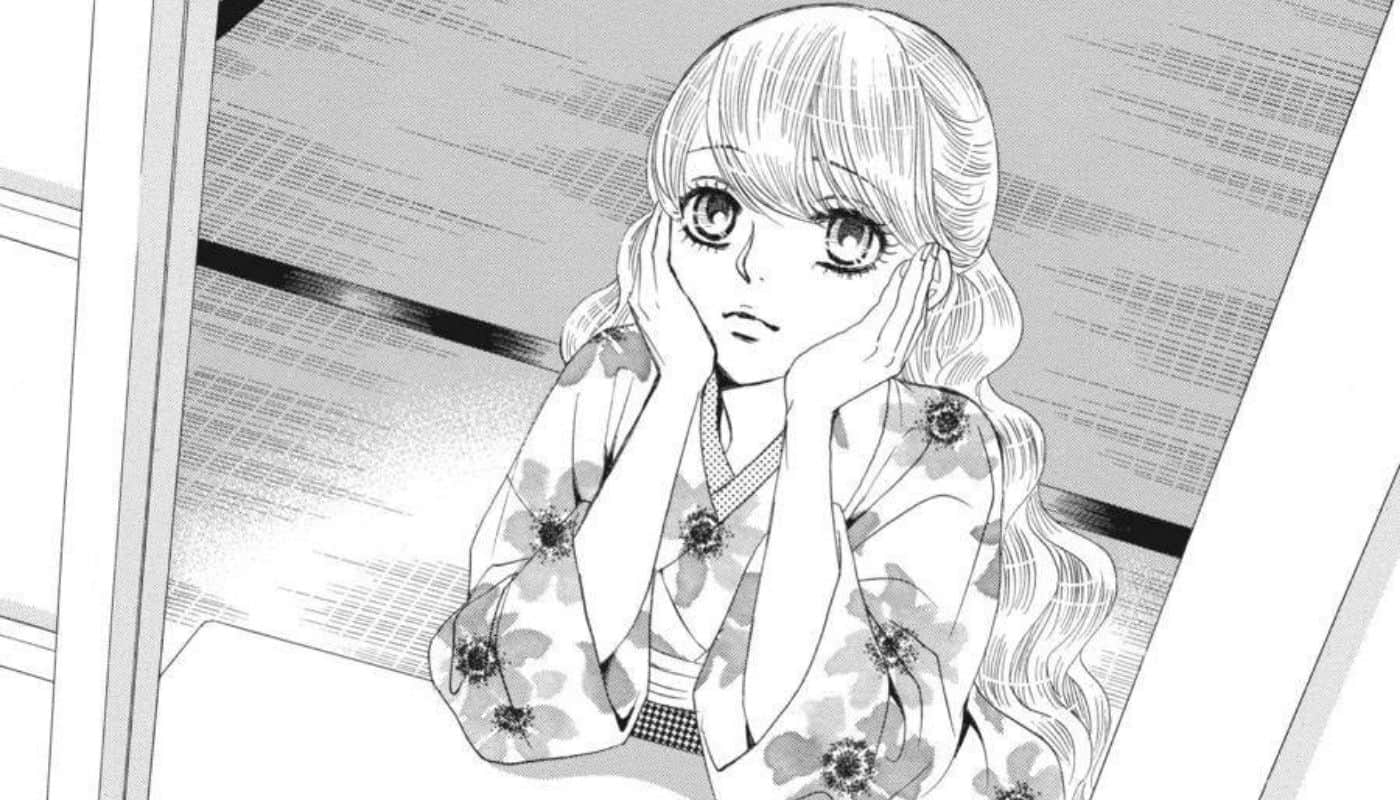In his third, but first documentary feature, Mohsen Ostad Ali continues the recent legacy of Iranian films that present brutal truths in the most artful and realistic way possible.
“Femininity” focuses on an establishment that provides nightly shelter for women who abuse drugs, with the two women who run it also offering counseling, along with some seminars about sexual conduct, since a number of these women are sex workers, that also includes the offering of syringes and condoms.
Femininity was screened at Life After Oil International Film Festival

The documentary follows five women, Sanaz, Saedeh, Tala, Ladan and Beheshteh, whose stories are as harsh as they are realistic. One (maybe a transsexual) has been kicked out of her house after beating her father, ending up in the streets where she frequently offers sex in exchange for drugs. Another one has suffered on the hands of justice, and is trying to raise enough money to rent a house and bring her family back again. Another is a compulsive thief, two others have been together since the younger of them was three years old, sharing their time on the streets, in prison and wherever their tragic fate brought them.
Listening to their stories is heartbreaking as it is shocking, as most of them have experienced drug abuse, imprisonment, domestic violence, prostitution, and are obviously suffering from mental issues, also having to do with their sexual identity, but most of all, with despair. As we listen to one saying, “All I want is a roof over my head and to be able to switch the light on and off”, it is rather difficult not to be touched by the lives of these women who live in the borders of a society that is bankrupt in ways more than the financial.
The women who ran the asylum do their best to help, with their efforts being literally heroic. However, there is so much they can do, since their lack of funding is more than evident, as mirrored in the rundown establishment, which provides, though, a shelter and a place of solace for women who would sleep in the streets otherwise. Inevitably, as all these women have learned to fight even for the smallest scrap, violence is also frequent in the shelter, a tendency that makes the job of the caretakers even more difficult. The apathy the rest of the women show each time a fight commences is rather indicative of their overall mentality, while a scene during the ending, when one of them lashes against the crew for exploiting their misery, also speaks volumes.
In this setting, the title of the documentary seems ironic, particularly considering the way the term is perceived in the West. At the same time though, and particularly through the last scene, the fact that these women also feel the need to look pretty and take care of themselves physically also becomes obvious, in a comment that is also highlighted through the way DP Farhad Talebinezhad's camera frequently focuses on their hands and particularly their manicured nails.
The many close-ups, particularly inside the asylum, work quite well in the narrative, allowing the viewer to feel as if he/she was almost present during the interviews, while the long shots also aim to show the lives of these women outside of the asylum, and the overall situation of the “slums” of Tehran. Babak Heidari's editing also works quite well, with the many changes in the person of focus and the way the story flows from one individual to another being one of the best aspects of the film.
Mohsen Ostad Ali tried hard not to succumb to the tropes of “misery porn”, by also showing that the women share some moments of happiness, singing altogether, “reading” their cigarettes, and by highlighting their dreams and their will to change their lives. However, their situation is so dire, even more so since most of them seem to have families that are separated from, that a sense of misery inevitably surrounds the whole narrative. Furthermore, there is something missing and that is the back story of the women running the asylum, with the lack of this elements actually dulling the impact of the whole narrative, since it would also shed more light on how the “protagonists” ended up there.
As in the case of “Khatemeh”, “Feminity” offers another view to a kind of life that any script-writer would find troublesome to imagine. Mohsen Ostad Ali has managed to capture this concept and the reality of a number of women in the most eloquent, realistic, and artful fashion, coming up with a documentary that is shocking due to the truths it communicates.
















